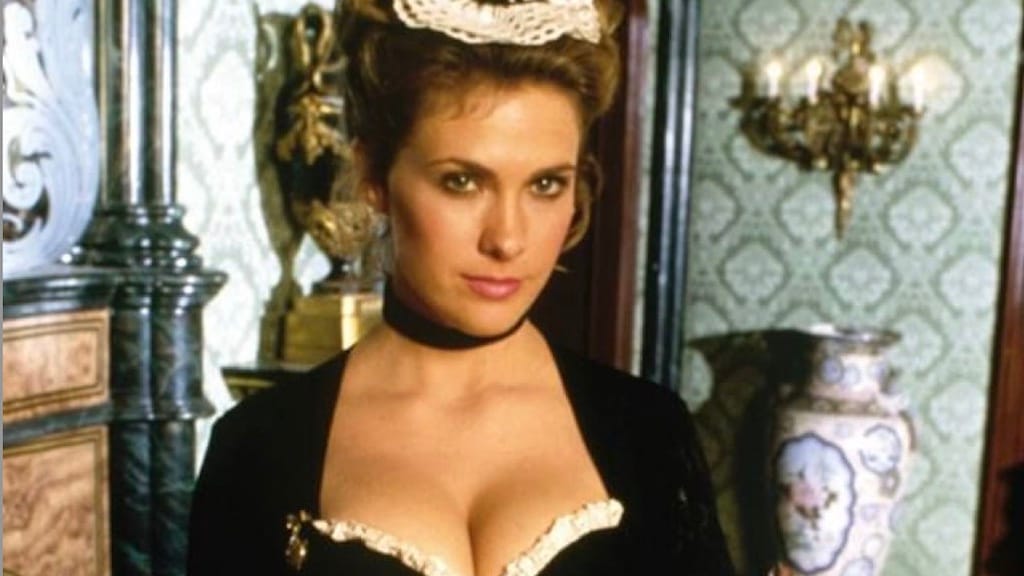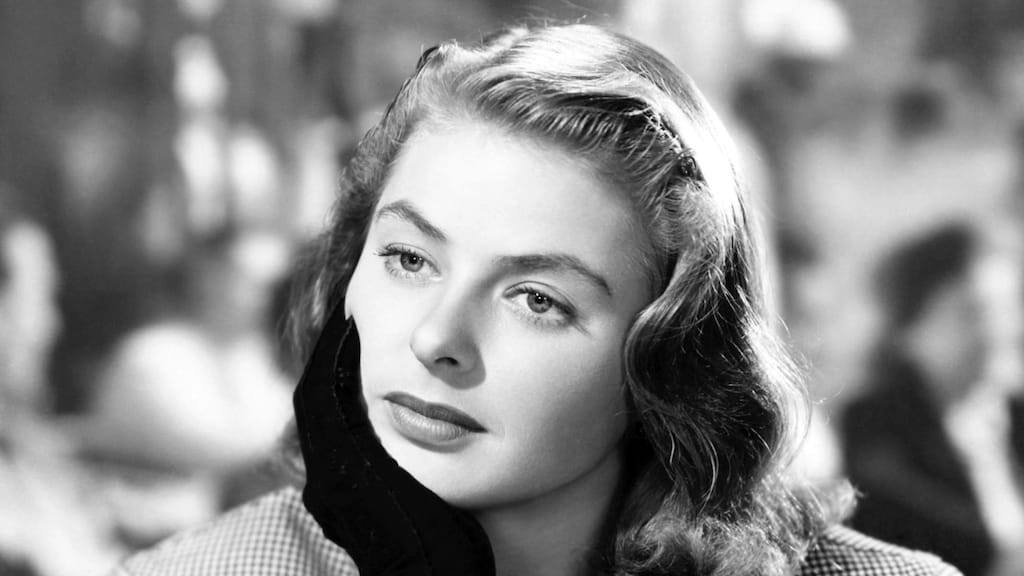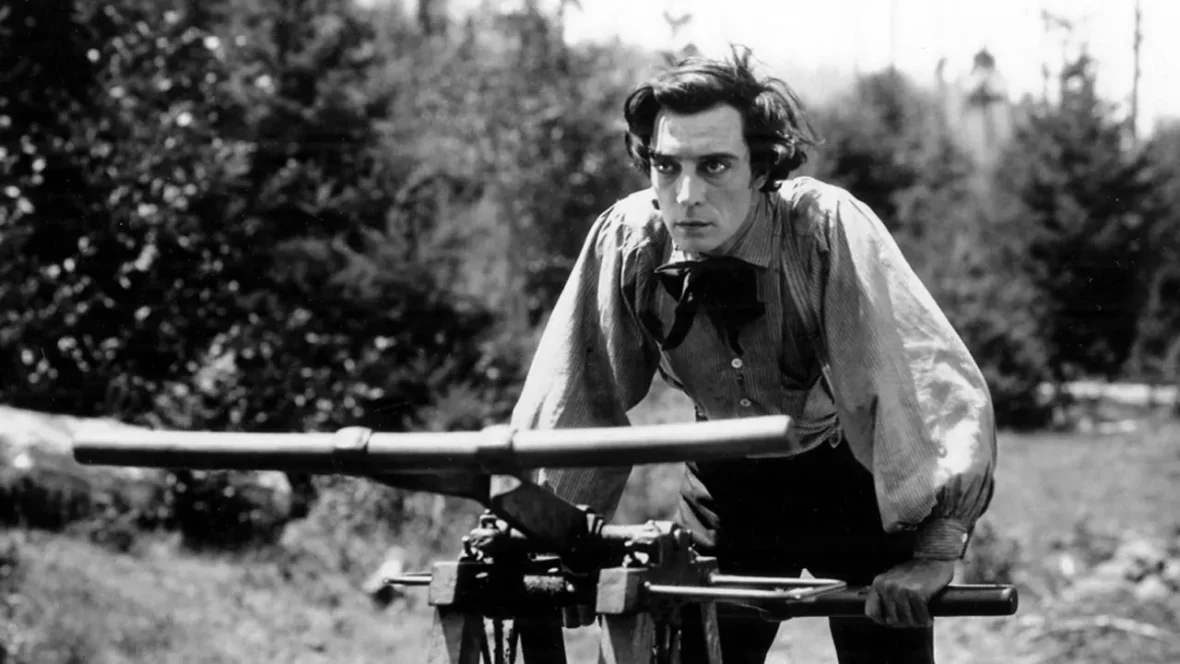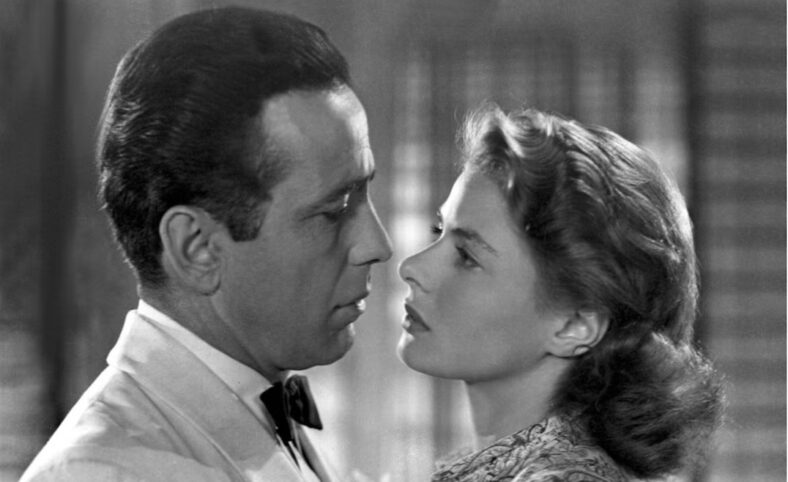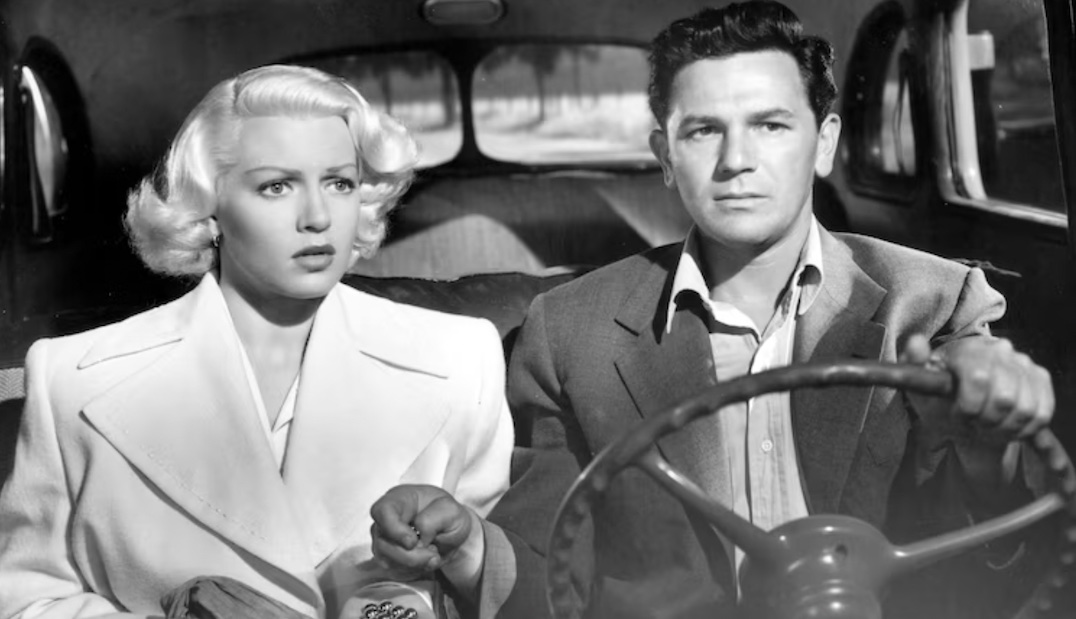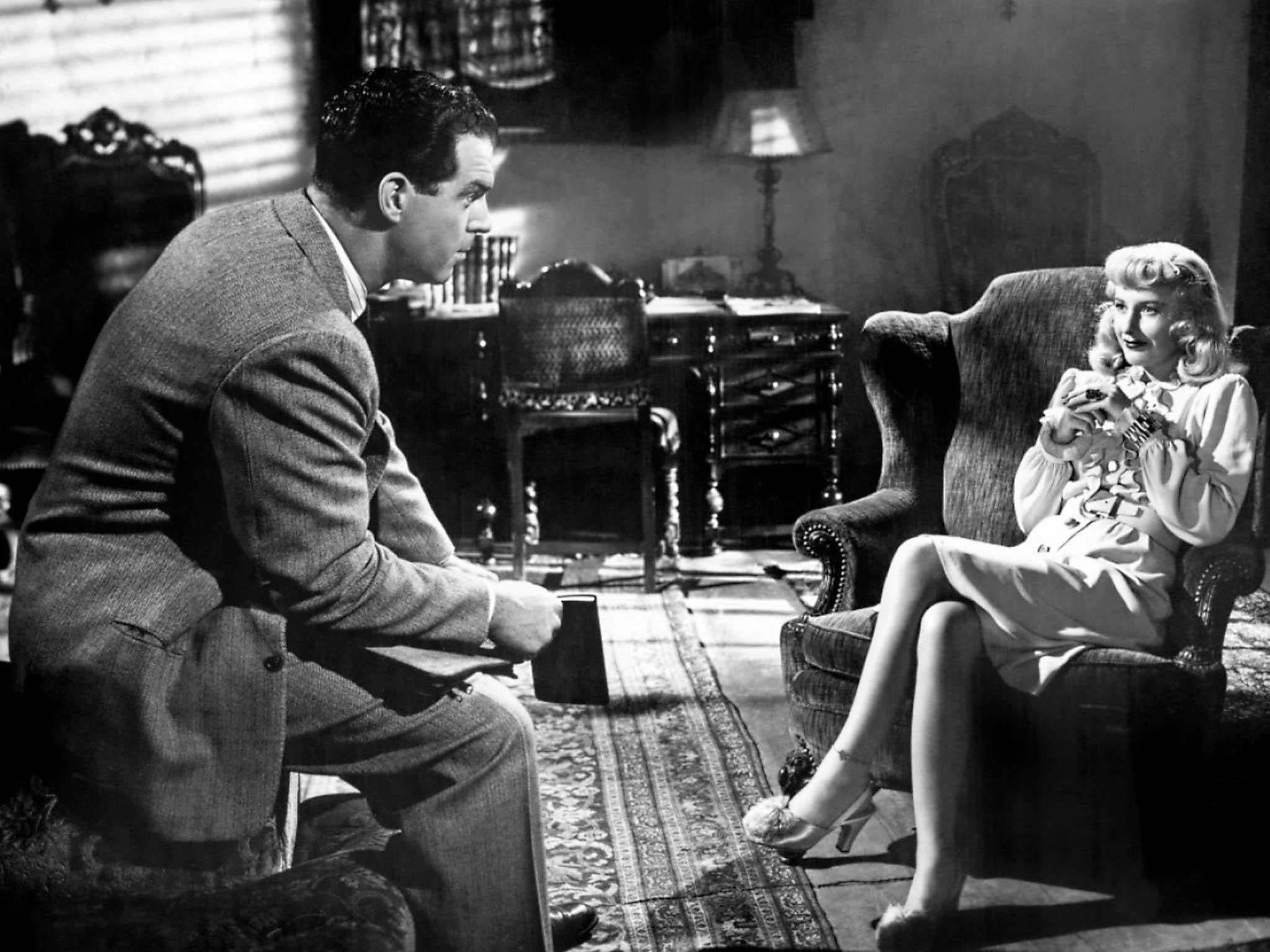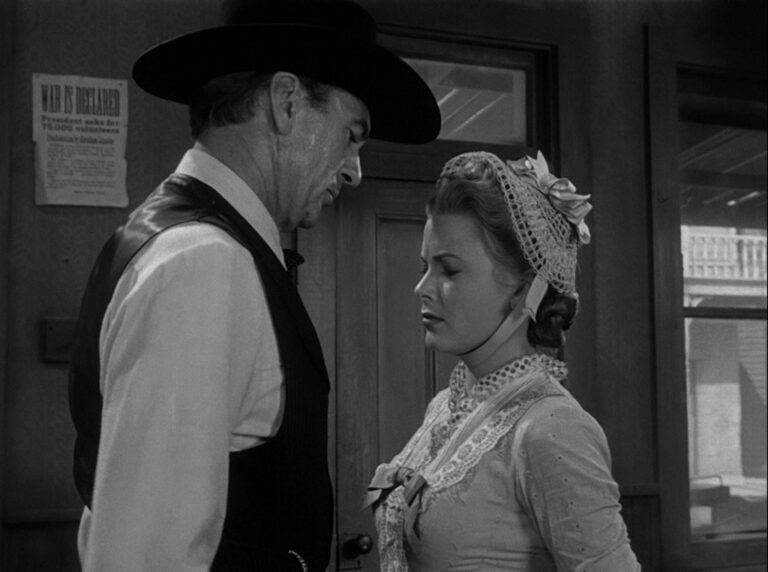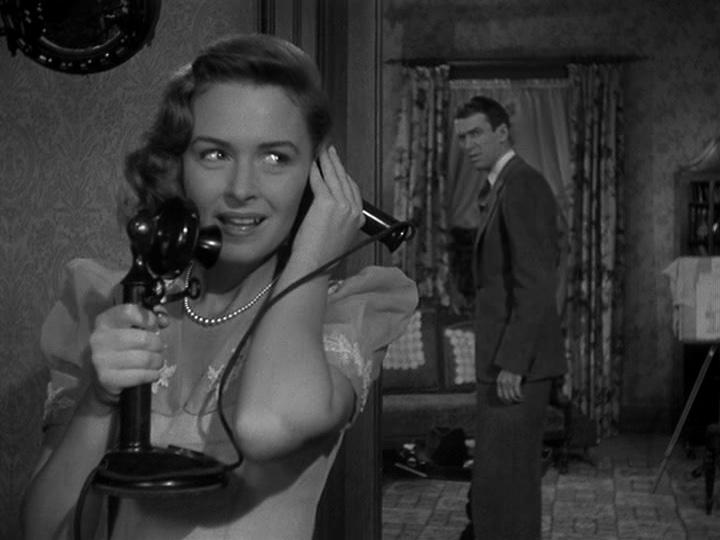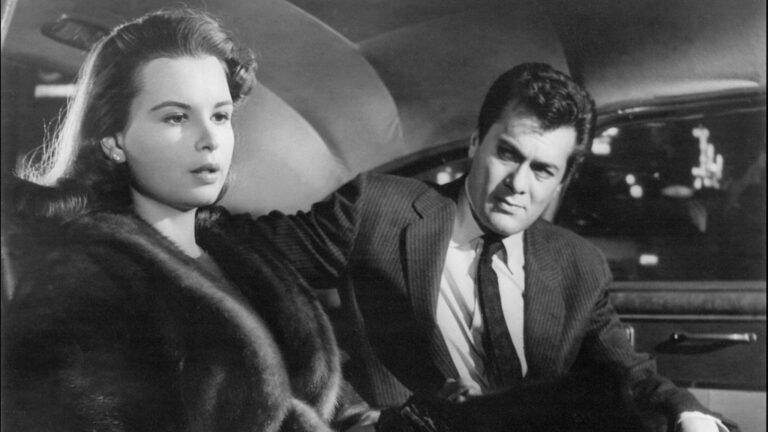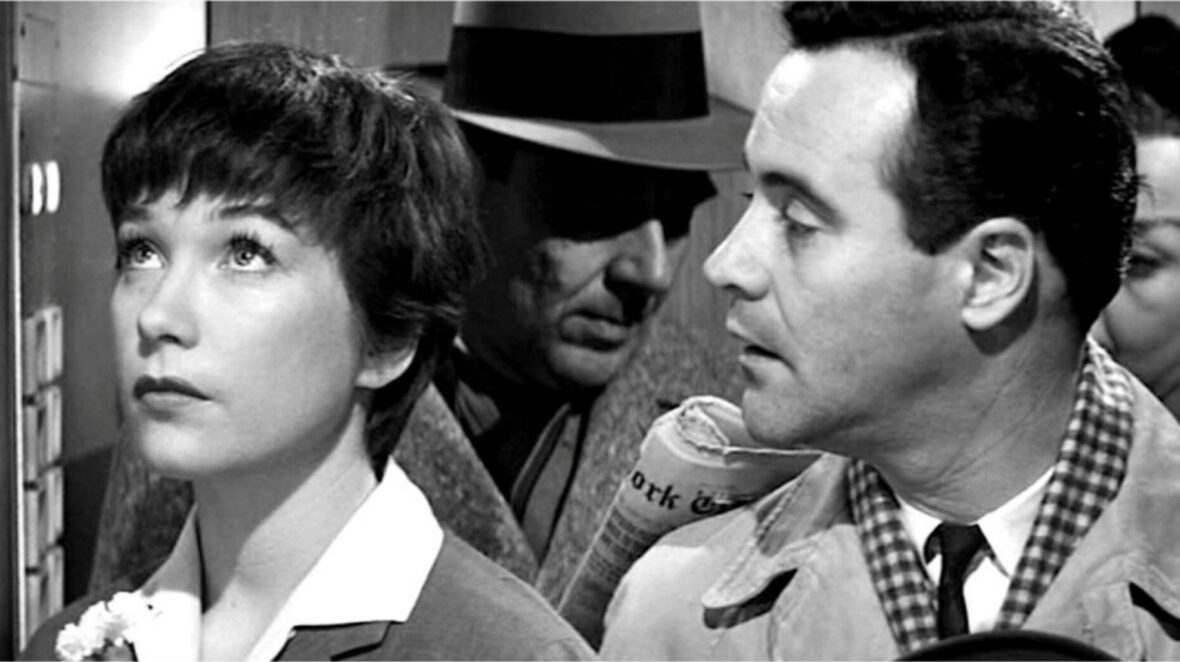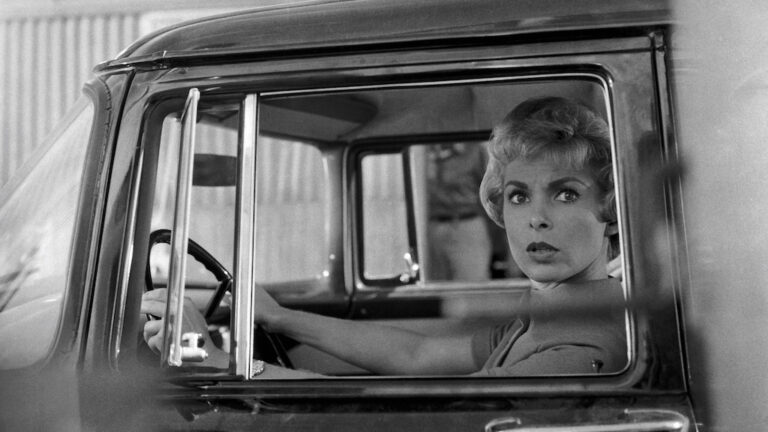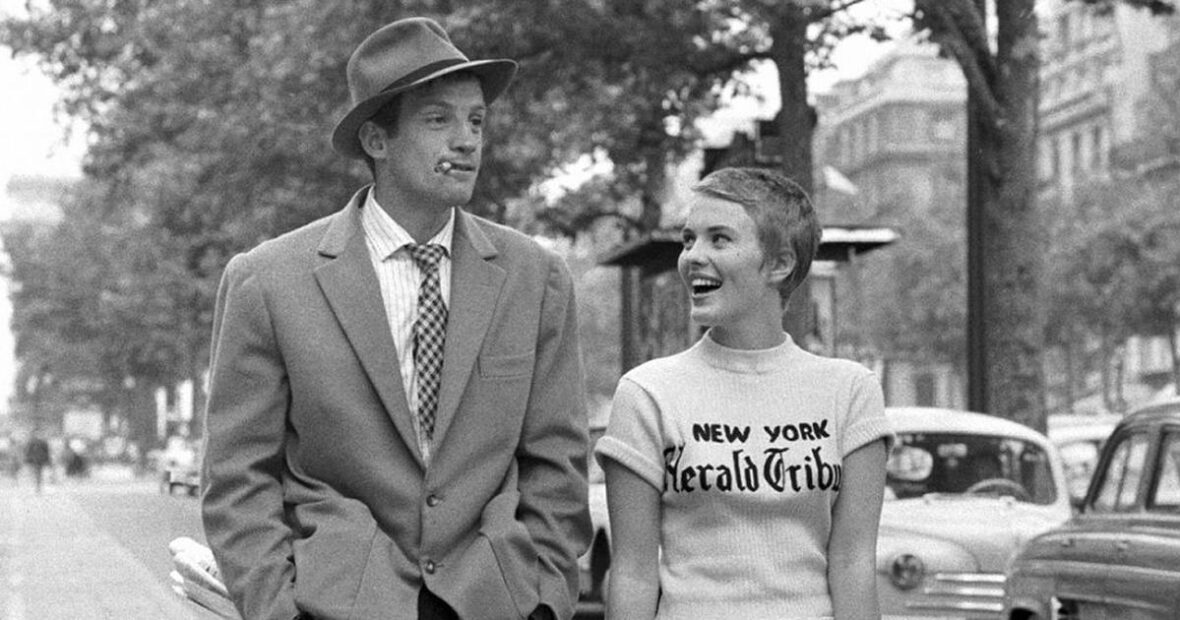These classic movies bombed at the box office despite being recognized today as stone-cold classics.
We’re defining a movie as a bomb if it failed to make double its budget back in box office returns. A movie generally needs to make at least double its budget to turn a profit, given that the studio must pay for marketing expenses, and share a film’s take with theaters.
As for what makes a movie a classic — that’s entirely subjective. But we tried to find films around which there’s a wide general consensus.
Citizen Kane (1941)

For years, Citizen Kane reigned as the greatest movie ever made to many, and probably by general consensus. Before you see it, you feel like it could never live up to the hype… and then it does. Orson Welles truly earned the blank check he then used to make half-baked, overly ambitious passion projects for the rest of his life. You make Citizen Kane, you get to do that.
Of course, you may know the story. Citizen Kane is a thinly-veiled riff on the life of newspaper magnate William Randolph Hearst, who could be described as “not chill” about the idea of a thinly veiled biography/critique. Hearst did his best to destroy Citizen Kane, and in some ways he unfortunately succeeded. Box office reporting in the early 1940s was even less transparent than it is today, but fortunately Citizen Kane is one of the most-researched, most-discussed movies in history.
From what we glean, the movie made only $1.5 million off of a budget of just over $800,000. It would have been far more widely seen, we suspect, if not for the efforts of Hearst (and/or people seeking favor from him) to bury the film.
Willy Wonka & the Chocolate Factory (1971)

Gene Wilder is the Willy Wonka to many, despite Tim Burton making Charlie & the Chocolate Factory and Timothee Chalamet starring in a Willy Wonka prequel.
For the multiple generations raised on Willy Wonka & the Chocolate Factory as a classic, it’s easy to assume it was a hit and has always been considered a must-see. But that is not at all the case. The film failed to grab a golden ticket, initially earning just $4 million at the box office on a budget of $3 million.
It would take time before the idiosyncratic musical was able to grab the general public.
It’s a Wonderful Life (1946)

You know It’s a Wonderful Life as a holiday classic. It’s been airing during the Christmas season for decades. The movie is cultural wallpaper.
But would you believe it basically derailed Frank Capra’s career? It’s true. One of the most successful directors of all time bet his reputation on It’s a Wonderful Life, and he lost that bet.
Capra had started his own production company, Liberty Films, but it ended up only producing two films, in part because It’s a Wonderful Life was so unsuccessful. The movie made $3.3 million, which was only a couple hundred thousand over the budget. Capra’s dream of being a studio magnate died on the vine. He never made another notable movie, in our opinion.
We will also note there is a misnomer that It’s a Wonderful Life became so popular because its copyright lapsed and networks didn’t have to pay to air it. It’s true that in 1974 National Telefilm Associates lost the copyright to the movie due to a clerical error.
But because it was based on a pre-existing work, networks still had to pay royalties to air it, and since 1993 one company or another has enforced copyright on the movie thanks to a 1990 Supreme Court ruling.
It’s also on our list of Black and White Films That Feel Strikingly Modern.
Blade Runner (1982)

Ridley Scott is both prolific and acclaimed, and Blade Runner is now considered one of the best sci-fi movies ever made. It got a sequel 37 years after its release, thanks entirely to its legacy.
And yet, despite starring Harrison Ford near the height of his Han Solo/Indiana Jones era, Blade Runner arrived to a lukewarm reception.
The theatrical cut made $41.8 million on a $30-million budget, thought it has earned more thanks to many recuts and re-releases.
Clue (1985)

Honestly? Even as longtime Clue fans, dating back to the days when it was a staple of Comedy Central, we’re surprised just how popular the movie has become.
Clue seems to be one of the most-popular comedy films of the 1980s, thanks to constant twists, a fascinating structure, multiple endings, and a stacked cast that includes Martin Mull, Madeline Kahn, Tim Curry, Christopher Lloyd and Colleen Camp. It even has a cameo by the Go-Gos’ Jane Wiedlin.
It’s better than any adaptation of a board game should be. In the ‘80s, though, Clue was greeted with utter apathy. It made $14.6 million worldwide on a budget of $15 million. When we hear that well we feel flames… flames on the side of our face.
Heathers (1989)

In hindsight, Heathers was always destined to be, at best, a cult classic. It’s a pitch-dark comedy about teens on a killing spree. Even though we really like Heathers, we also fully understand it not having broad appeal. But it’s hard to argue with its artistic merit — it’s a pitch perfect pitch dark satire of the typical ’80s teen movie.
That being said, Heathers truly bombed. Winona Ryder was fresh off Beetlejuice, and Christian Slater was a teen heartthrob. Even so, a movie that only cost $3 million to make did not make its budget back. Heathers made a mere $1.1 million. That was fully domestically, as it didn’t get an international release.
Why were so few people interested? May we suggest a lot of people had brain tumors for breakfast?
Fight Club (1999)

Fight Club is one of those movies that always seems to be in some state of exhausting discourse. First there were the super fans who didn’t seem to get the movie at all, which begat a lot of people who cast aspersions on anybody who liked Fight Club and then… ugh, we’re exhausted already.
Let’s skip all that. What we have here is a dark satire from David Fincher that cost around $65 million to make. It was no cheap indie flick, a bold swing given the nature of the plot. Edward Norton and Brad Pitt loved it.
But perhaps because of its dark and unrelenting subject matter (and very dark humor) the movie made only $101.2 million worldwide.
In retrospect, of course, its recognized as one of the most influential movies of the last 25 years.
Office Space (1999)

Office Space is the comedy equivalent of Shawshank Redemption, a movie that became beloved through repeat television airings. The difference is that while Shawshank Redemption wasn’t a blockbuster, it made plenty of money, and was also a Best Picture nominee. Office Space? It made $12.2 million off of a budget of $10 million. The film has made almost that much in DVD and VHS sales over the years.
With all due respect to Shawshank Redemption, a favorite of many and one time most-popular movie on IMDb, Office Space has had more cultural legacy. It is the defining cinematic work reflecting white-collar office life. It led to Swingline making red staplers. It probably ended T.G.I. Friday’s asking the waitstaff to wear “flair” on their uniforms.
Office Space hit people in their bones, but not until they found, after its theatrical release..
Dazed and Confused (1993)

Richard Linklater’s 1990 Slacker is one of the most important independent films ever made, kicking off the ’90s indie boom and putting Austin, Texas on the way to becoming the film hub it is today.
Dazed and Confused mined Linklater’s Texas teenage years to tell an indelible slice-of-life story. It helped solidify him as one of the perhaps the best-ever director of hangout movies.
Linklater also showed an eye for talent: Ben Affleck, Parker Posey, and Matthew McConaughey are just a few of the then-unknowns that he cast in Dazed and Confused. However, given the movie’s cast, and its many adoring fans (literal books have been written about), it is easy to believe it was a hit.
Yet on a budget of $6.9 million, Dazed and Confused brought in only $8.2 million. It’s OK: Gen Xers would go one to watch it countless times at home, and Linklater’s next film, the also excellent Before Sunrise, made ten times its $2.5 million budget.
Helping to launch the careers of Matthew McConaughey and Ben Affleck, among others, Richard Linklater’s Dazed and Confused is a Gen X classic about the cuspers, or busters, who, like Linklater, fall somewhere between Boomers and Gen Xers.
Quentin Tarantino has called his “favorite movie of the 90s” and “maybe the only movie that three different generations of college students have seen multiple times.” The party at the moontower has never stopped. Alright alright alright.
The King of Comedy (1982)

Martin Scorsese and Robert De Niro followed up their 1980 masterpiece Raging Bull with the $19 million King of Comedy, which earned a mere $2.5 million, making it one of the biggest misses of their careers.
In a wild turn, Todd Phillips’ Joker — which Phillips has called an homage not only to King of Comedy but also to Scorsese and De Niro’s Taxi Driver — earned more than a billion.
Joker borrows so heavily from King of Comedy that Phillips enlisted De Niro to play a role in Joker much like the one Jerry Lewis played in King of Comedy.
The Thing (1982)
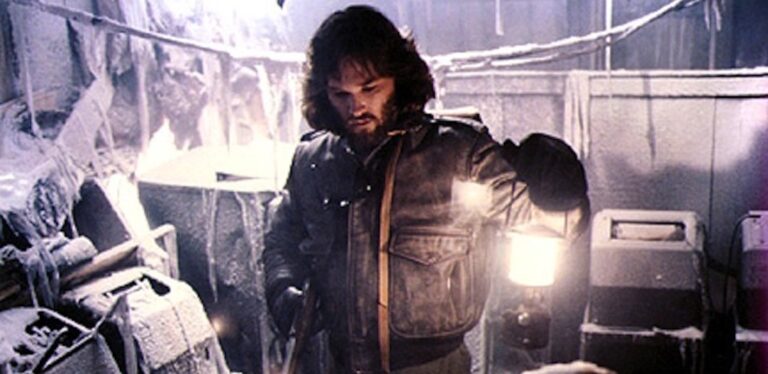
Released the same year as King of Comedy, John Carpenter’s The Thing is now recognized as a masterful work of sci-fi horror, celebrated for truly unnerving atmospherics and practical effects.
Audiences in 1982 were slow to catch on. Made for $15 million, it earned just $19.9 million domestically.
The Shawshank Redemption
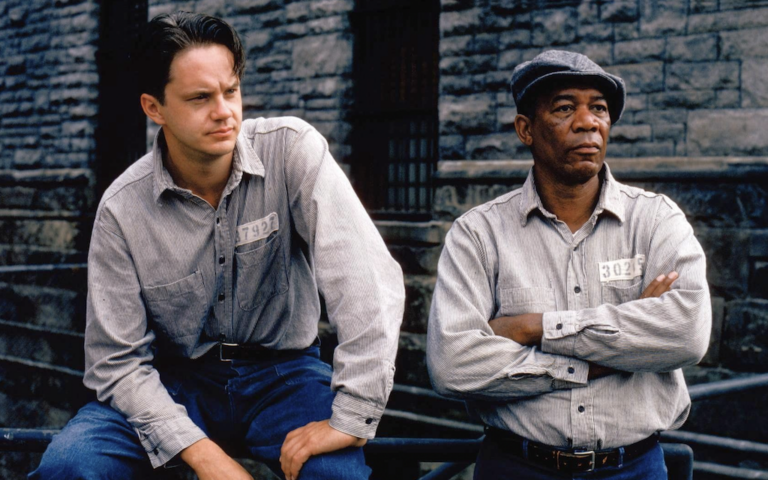
This lovely Stephen King adaptation earned only $29 million in its initial release on a budget of $25 million.
Tell that to the legions of people who have caught it on TNT while flipping through channels and almost always stuck around. It’s a subtle, kindhearted charmer, but has enough of an edge to keep viewers on the edge of their easy chairs
.Is it a classic? Well, IMDb lists it as the No. 1 movie of all time.
The Big Lebowski (1998)

An eminently quotable movie so beloved that it spawned a Lebowski Fest and countless last-minute Halloween costumes, The Big Lebowski is among the best regarded films in the Coen brothers astonishing collection.
Yet somehow it earned just over $19 million domestically on a budget of $15 million.
If you don’t think it’s a classic, well, that’s just like your opinion, man.
Like This List of 12 Classic Movies That Bombed at the Box Office?

You might also like this list of Gen X Movie Stars Gone Too Soon or this list of ‘90s Movies Only Cool Kids Remember, including Dazed and Confused.
Main image: Clue. Paramount.
